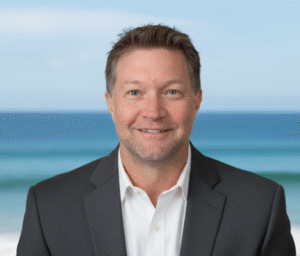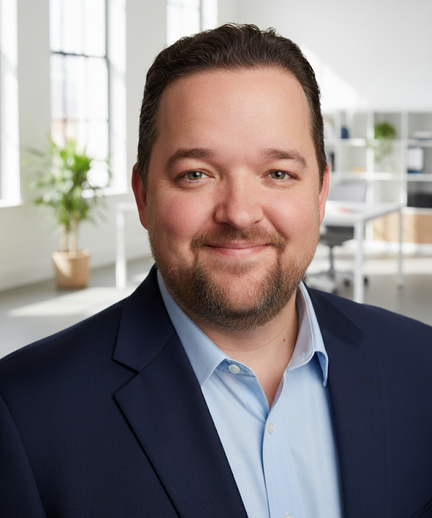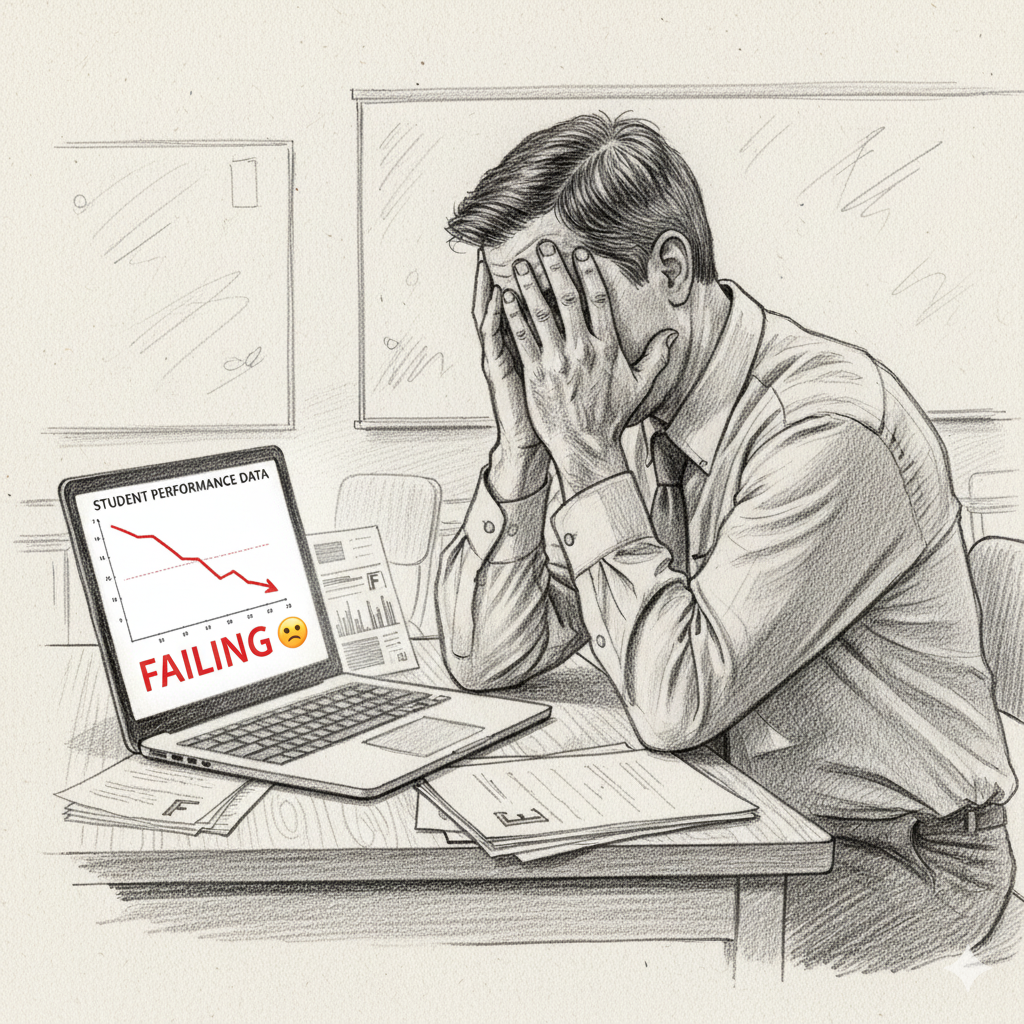
About MAC Thought
Meta Analytic Cognition (MAC) refers to the awareness, analysis, and regulation of one’s own thinking processes — essentially, the ability to think about how you think and analyze how others think in order to make smarter, more strategic decisions.
Let’s break it down:
“Meta” means beyond or about itself — so meta-cognition is thinking about thinking.
“Analytic” emphasizes reflection, pattern recognition, and critical evaluation — understanding not just what you think, but why you think it.
“Cognition” is the mental process behind perception, learning, memory, attention, and decision-making.
So, Meta Analytic Cognition combines psychology, neuroscience, and critical thinking to help people understand the mental mechanisms behind behavior — both their own and others’.
In the context of business, branding, and marketing (like your MAC Thought program), it means using these insights to:
Recognize and correct biases in decision-making,
Predict how audiences perceive and respond,
Design strategies that align with how the brain naturally processes information,
Communicate in ways that create trust, motivation, and connection.
In short:
Meta Analytic Cognition is the practice of understanding the mind to improve thought, communication, and influence — in yourself and in others.
MarkAvery Claridge

In May of 2012, MarkAvery and his wife had a baby boy. She was a H.S. math teacher and he had just graduated from Syracuse University with a B.S. in Psychology and Neuroscience. Later that summer, on their son’s first sail, they both realized this was the first time in their adult lives (they were in their thirties) neither of them had to work. And they both agreed, it was pretty great. So, they vowed to value their time together more than sacrificing for a future that was never certain.
Plan for tomorrow; live for today.
MarkAvery loves downhill skiing and anything that involves a body of water, especially when he can spend that time with his family.
His careers and education have taken him on a journey through working with adults and children with disabilities, the nuclear field in the Navy, chemistry, psychology, neuroscience, art, community engagement, public relations and teaching. Of those, he always came back to science and teaching.
He discovered Robert Cialdini while studying cognitive psychology at Syracuse University (Go Orange!). From there he was hooked. What was going on in people’s brains? The answer to that question may always be somewhat elusive but what we do know is amazing and the applications to the real world go way beyond medications and therapy.
MarkAvery started MAC Thought with a simple belief: everyone deserves to live the life they imagine—without needing a psychology degree or a big budget marketing firm to understand how people think and make decisions.
MAC Thought became his way to share that passion with other entrepreneurs and professionals who want to connect more deeply with their audiences. His love for teaching and public speaking made it the perfect opportunity to turn complex ideas about the human mind into something exciting, practical, and accessible for everyone.

Tom Homestead's Story of finding MAC Thought

Tom adjusted his tie, feeling the familiar constraint of his role. He had been a teacher for a decade, a vocation he’d once loved for its dynamism. Now, he felt hemmed in by a rigid curriculum that prioritized a relentless march through content over the organic development of skills. Moments of spontaneous debate or deep, meandering conversations—the lifeblood of real learning—were clipped short by the ticking clock of the testing schedule. His role, he reflected, had shifted from fostering intellectual curiosity to managing a timeline. He came to see that the system’s architecture was simply not built for the kind of education he believed in—one centered on human connection and the slow, steady cultivation of thoughtful minds.

Yearning for a deeper truth, Tom began to explore neuroscience and psychology, seeking to understand how the human mind truly learns and is motivated. His late nights were spent devouring books, connecting the dots that the educational system seemed to ignore. He experimented subtly in his own classroom, using principles of intrinsic motivation, and was exhilarated to see flashes of his students’ old spark return. His quest led him to an interesting conversation with a colleague who lead Tom to seek out the founder of MAC Thought, MarkAvery.

MarkAvery explained his vision for MAC Thought, which applied “the principles of influence, neuroscience, and psychology to help businesses succeed.” Intrigued by concept, Tom decided he wanted to learn more.
MarkAvery, the founder of Mac Thought, whose charisma and words immediately captivated him. MarkAvery didn’t speak of profit margins but of human connection, of how understanding the brain’s biases could build trust, and how the art of storytelling could move mountains. As MarkAvery spoke, a profound sense of recognition washed over Tom. This was the language he had been searching for, the missing pieces of the puzzle he had been trying to solve in his own fractured educational world. The system might be broken, but the human mind was not. And with Mac Thought, Tom felt a forgotten flame of hope flicker back to life.

